Picture a training video about how to identify sexual harrassment in the workplace and a cliched reenactment may come to mind that’s heavy-handed in both its messaging and its use of shoulder pads. While the compliance content genre has a reputation for being outdated, the video series produced by the Sacramento-based company Emtrain look like they could be part of a Netflix drama. One scene in a factory setting depicts a tete-a-tete between two co-workers joking about their dogs, which quickly escalates when a third jumps in with his own joke, only to be snapped at with a racially charged comment. A supervisor in the background keeps her head down. The exchange is meant to illustrate a hostile work environment.
“I want it to be natural and compelling looking and sounding,” says the company’s managing producer of creative content, Lori Richardson. The videos she produces and directs are part of Emtrain’s network of e-learning courses, which aim to help businesses improve their company culture and become more inclusive.
Richardson gives direction to her crew before a take.
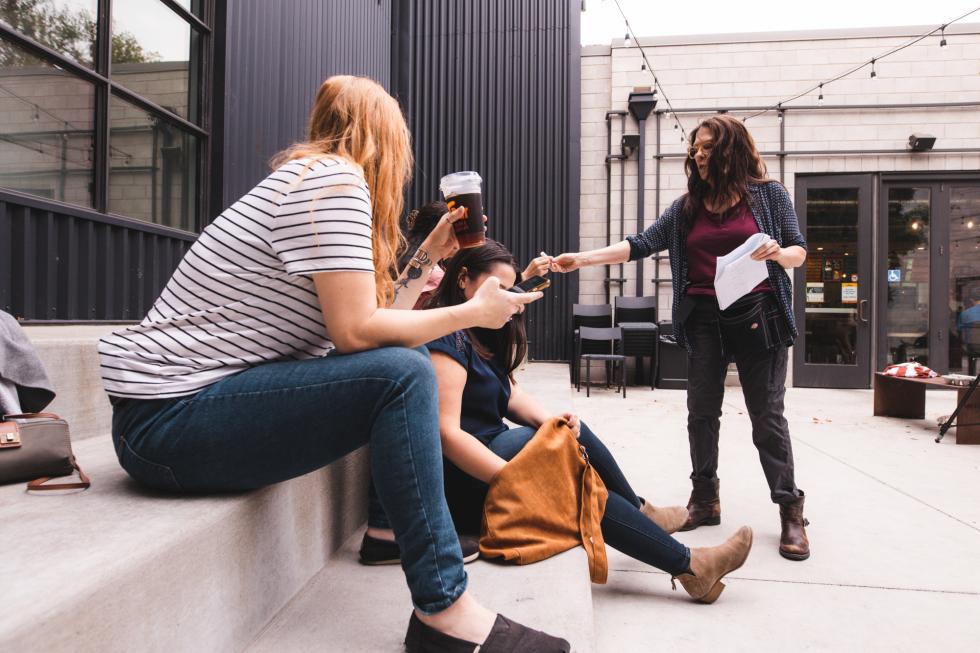
Richardson, who previously supported production teams at Pixar and assisted directors on movies like “Mission Impossible: Ghost Protocol” at Paramount Studios, has spent six years at Emtrain. In that time, a lot has happened across the cultural landscape that influences the way people behave on the job and digest workplace interactions.
“I think that Emtrain is learning and growing along with culture. The things that are happening in the culture — George Floyd, gender identity, all the things that are hot topics in the world — they’ve made us change too,” she says, adding it’s their job to address these issues in a digestible way. With the company’s “micro lessons” running under one minute, it’s essential the subtleties of a situation come across quickly and effectively.
The crafting of Emtrain’s lessons starts well before Richardson gets involved, with the development of a video’s objective. First, an innovation team — in-house and partnered experts in employment law and ethics — helps shape the topics, messaging and training questions. Content writers bring the issues to life with scripts they develop in consultation with the panel of experts.
Richardson reviews the script at a recent filming at The Sofia
theater in Midtown Sacramento. She says she can shoot up to five
videos in one day, depending on the complexity of the concept.
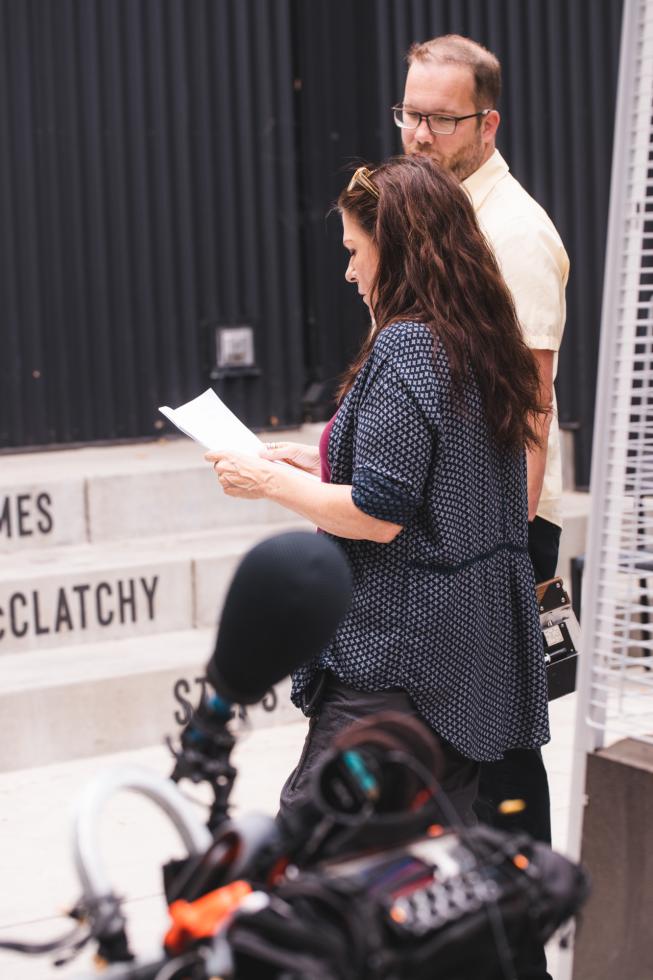
Then it’s time for “the fun stuff”: shoot day. Comstock’s joined Richardson for Emtrain’s filming of its annual “Preventing Workplace Harassment” course at the Sofia in Midtown Sacramento. (The company is constantly refreshing its visual content to be as culturally relevant as possible.) The theater bustled with activity, with Richardson briefing actors, makeup artists and support staff on schedule changes and status updates. Richardson, a theater fan and occasional actress herself, enjoys casting local talent. “I’ve gotten lucky with finding really good actors who I now work with a lot. I have probably 150 actors in town that I work with on a semi-regular basis. There’s a lot of talent here.”
Richardson says the production timelines are shorter and the budgets smaller at Emtrain than they are at Pixar, but her job is still plenty hectic and just as rewarding.
What I learned from working at Pixar: It was a really amazing opportunity and time to work on huge productions. Animation has this kind of ramp-up where it starts so small, and they’re in development, and they’re in the story room. Everything’s like, hey, let’s go out to lunch, and everything’s really low key and fun. And then slowly, over a four-to-five year period, the departments start getting bigger and bigger until you have hundreds of people working on this production. And then it’s just crazy deadlines to get it done in time. It’s frenetic towards the end.
I look back on the things that I learned from Brad (Bird) and John (Walker), and so many other people, about creativity and storytelling and managing teams. I think that I couldn’t have gotten that experience anywhere else. Pixar feels like a family and they’re really amazing at treating people with respect. You feel valued there. It was a great experience.
Before moving to Sacramento, Richardson supported production
teams at Pixar and assisted directors on movies like “Mission
Impossible: Ghost Protocol” at Paramount Studios.
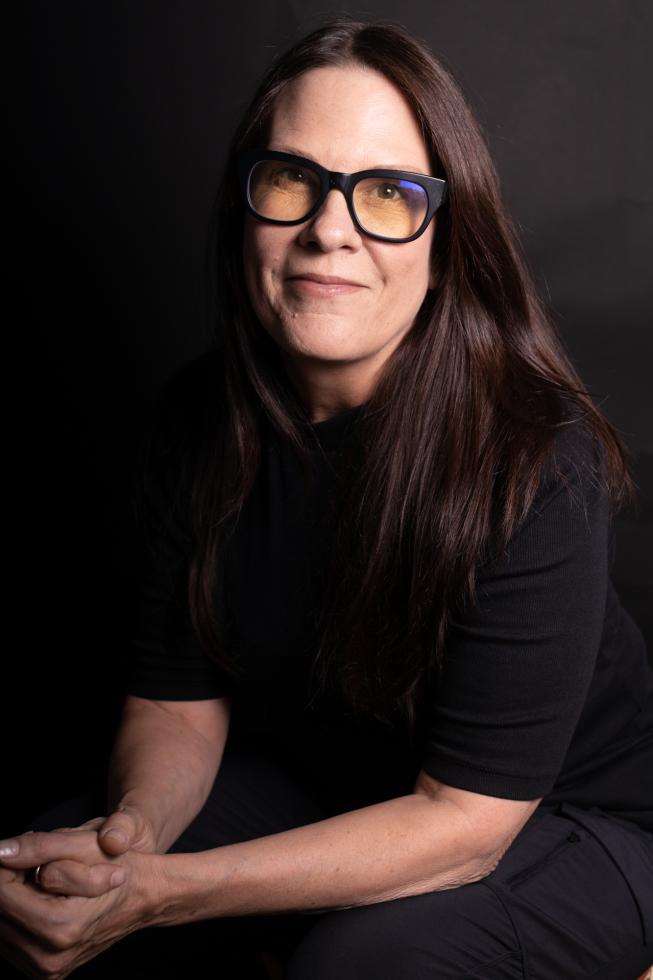
Most creative people would be floundering around and never get anything done without some nice, gentle and sometimes not-so-gentle guidance in the right direction. I think it’s vital. But there are a lot of producers, and I count myself among them, who are creative producers. They have creative vision, they can be collaborative with a director. They can say that’s not working, try this. So there is an intersection.
Gleaning inspiration from big-budget productions: I pay attention to all kinds of things that I find interesting. Like wow, how did they do that? I love how they lit that. Or the way they have that actor framed higher than that actor shows one actor is more intimidating. I like to see if I can institute those things in our shots.
I’ve been really interested in “Euphoria.” It’s a masterclass in videography and photography, just the way they shoot their scenes. They have a huge budget, and most of that stuff we’ll never be able to do. But I do find myself getting inspired by their scenes. Like they open a shot underneath a table and you can see a character on their phone texting kind of surreptitiously, and the camera jumps up with a rack focus shot, which is when you rack focus from one thing to another thing. Oh my god, it’s my favorite shot.
The art of keeping the viewer engaged: One thing that’s changed over the years is we’ve recognized the attention span of your average person. When I started, there were a lot of videos that they had that were three plus minutes long. We try to keep them under a minute, if not closer to 30 seconds now, because we find that if we use quick hit-punches, we can get our message across more effectively, and people don’t get bored.
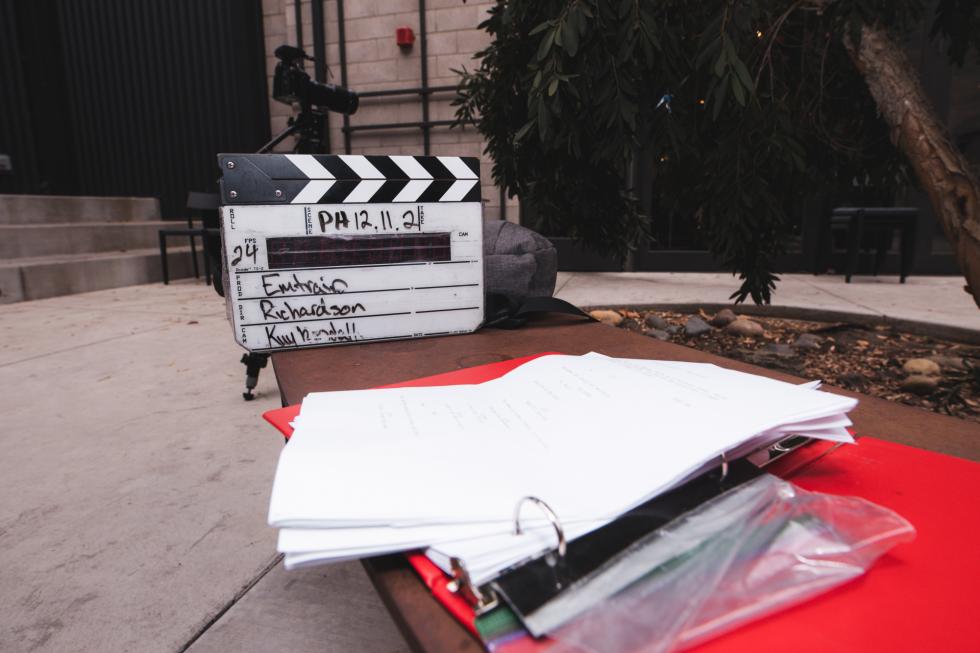
Richardson teams up with Jon Williams, 1st assistant camera and
editor, on set.
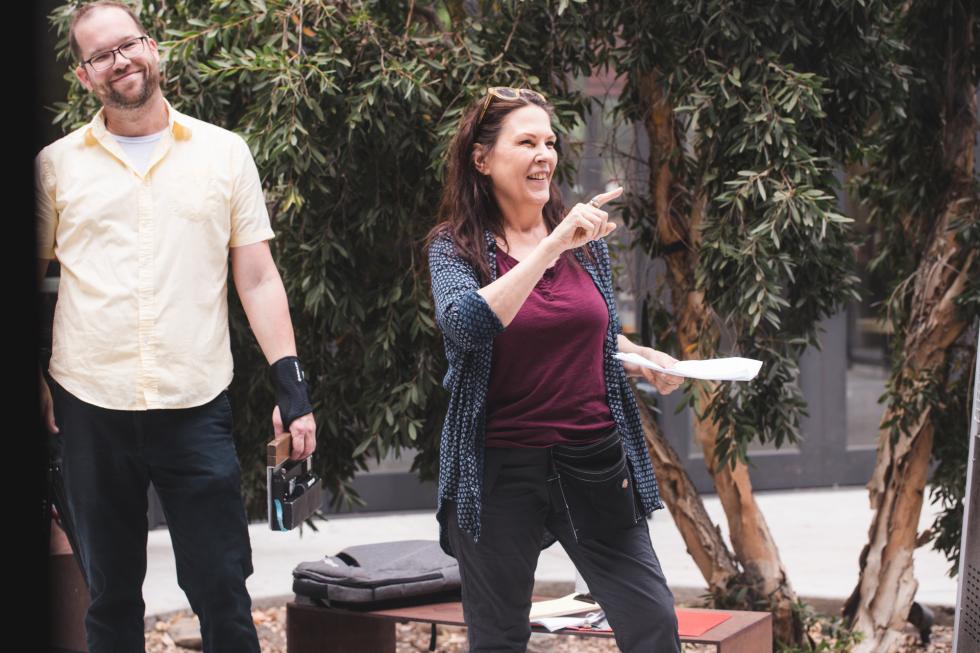
How compliance training can become powerful and inspiring, rather than a checkbox: A lot of companies have viewed compliance training as the law mandates that I have to have my employees take this training every 18 months, so let’s check that box. We absolutely don’t want to present it that way. We want it to be a way to inspire companies to do better, to treat their people better, and to help them help their people treat each other better, so that those problems don’t come up in the first place, so you don’t have to worry about getting out of a lawsuit, because you never got into the pickle in the first place, because your culture is good. That’s the important message there, and I just think that’s fantastic.
Edited for length and clarity.
–
Stay up to date on art and culture in the Capital Region: Subscribe to the Comstock’s newsletter today.
Recommended For You

Getting to Know: Mayra Vega
Woodland's mayor serves with an inclusive perspective and inclination for tech
As a full time director of communications in the health care field, Woodland Mayor Mayra Vega cares about including the underrepresented and boosting the city’s tech jobs.
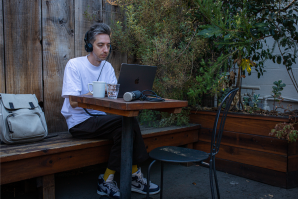
Getting to Know: Cole Cuchna
Podcast host makes a career out of analyzing the biggest albums in hip-hop
With “Dissect,” Cole Cuchna goes deep into his favorite
music albums, cultivating curiosity in others. Now nine
seasons in, he’s found success with a Spotify partnership
and a talk at TEDxBerkeley.
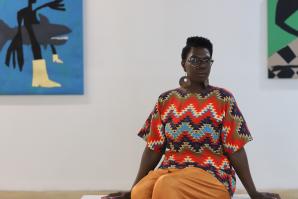
Getting to Know: Faith J. McKinnie
Gallerist Faith J. McKinnie is highlighting the work she wants to
see in her Midtown gallery that highlights contemporary art
by underrepresented artists.
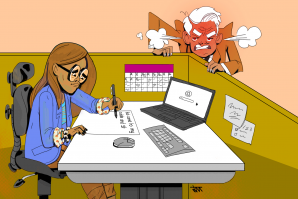
Dilemma of the Month: How Do You Document Harassment Without Getting Yourself in Hot Water?
HR people often advise victims of harassment to “just document everything!” without explaining how to go about it. Here’s a quick guide to what you need to do when you’re documenting harassment.

What Does the New Workplace Harassment Guide for California Employers Mean For Your Business?
Watch any news channel, listen to any talk radio station or read virtually any online news or social media feed, and chances are, you’ll learn about a new lawsuit being filed against a company based on allegations of harassment, discrimination or retaliatory conduct in the workplace.
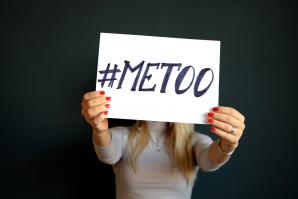
As Capitol is Hit by “Me Too” Reports of Sexual Harassment, Will Lawmakers Make Changes?
Do Capitol employees have enough protection to believe that they can report sexual harassment or assault and maintain their careers?



